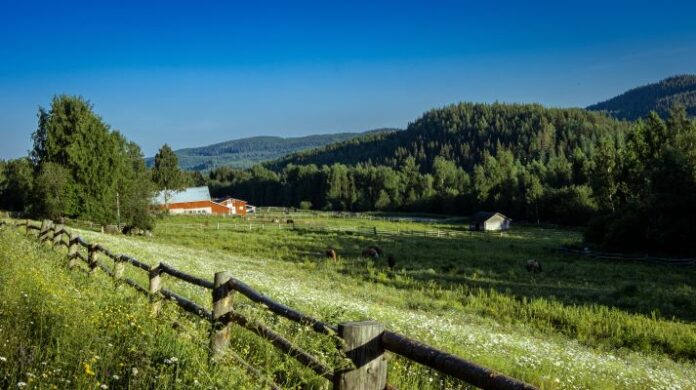You’ve probably heard of the ongoing problem of desertification in Africa. Studies show that more than 65% of the land is degraded, making it unsuitable for farming. This is creating a dangerous food shortage for the entire continent.
In response, several sustainable farming programs have been introduced to halt the erosion of food resources. One of these programs is agroforestry — using trees to promote farming. Trees can improve soil health, regulate the microclimate of a farm and improve biodiversity, among other benefits.
This program has been dramatically successful in helping turn the desertification situation around. It provides more food, creates new jobs and promotes local business. The continued practice may increase food production by 13% by 2040 and create 5 million new jobs.
What Agroforestry Can Do for You
Agroforestry isn’t just making an impact in Africa. The U.S. is also integrating it into its agriculture infrastructure. The benefits of agroforestry are the same for U.S. farms as they are in Africa — greater crop yields, happier livestock and increased water efficiency. It also creates a more sustainable farming system.
If you want to get serious about agroforestry, you need to know the different kinds of practices that are commonly used.
What You Need to Know About Agroforestry
Agroforestry is a complex form of agriculture. Knowing how and where to place trees and crops is essential for success. Here are some of the different practices proven to be effective.
Alley Cropping
This method uses trees and shrubs to create alleys where crops are produced. The trees used here can be hardwoods that grow fruits and nuts or softwoods that can be harvested for wood fiber.
Silvopasture
Silvopasture refers to the integration of trees into grazing livestock environments. Adding trees to fields makes soil healthier, which creates better feeding conditions. Introducing trees that produce fruits can add diversity to the animals’ diet and act as another income source when they are ready to be harvested.
Windbreaks
Planting fence hedges is a good jumping-off point if you want to start your agroforestry project small. Trees and shrubs can slow down the wind, reducing erosion and creating more beneficial soil conditions. This practice is effective if you live in a rural flat area with little shelter from the wind.
Riparian Forest Buffers
If you live near a stream or lake, you can utilize the natural body of water to create a buffer of trees and perennial plants at the water’s edge. These can protect the water from harmful runoff, such as pesticides and animal waste. In addition, the trees can provide shade for aquatic and terrestrial animals.
What Kind of Trees Can You Plant?
One of the most common questions regarding agroforestry is what kind of trees or plants are the most effective. Anything will work as long as they don’t disrupt your crops. Knowing what kind of land your farm is on and whether softwood or hardwood trees are best is something you have to consider. This may take some research, as there are almost 6,000 kinds of oak trees, 21 species of walnut trees and 132 different maple trees.
You also have to know what purpose these trees will serve. Are they meant to be a permanent fixture or do you plan to harvest them for lumber? Will they grow fruits as another source of income or are they used as windbreakers or buffers?
Make Your Trees Work for You
Trees can help your agricultural venture produce better results. Do your research to find out what varieties are best for your farm, and you’ll be well on your way to a successful harvest.








